Is the TV resolution revolution finished?
There's a lot more to Ultra HD than just the pixel count.
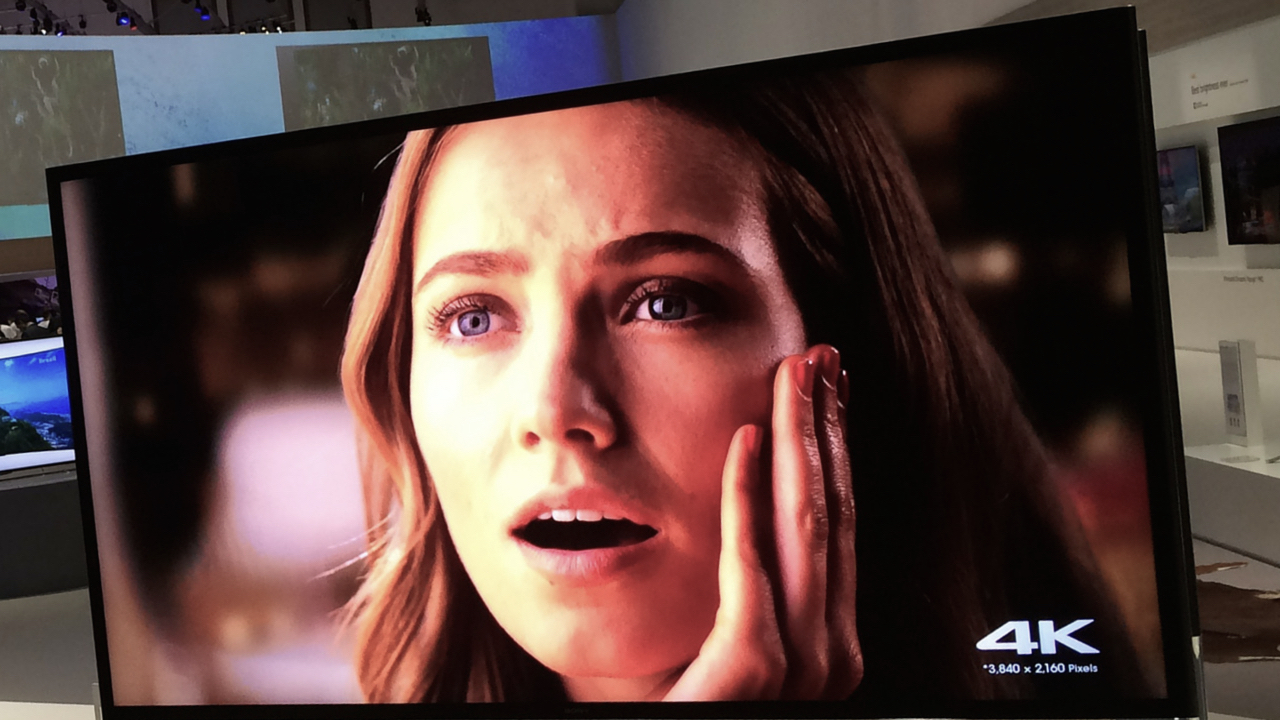
Do you lust after more pixels? It's likely you upgraded your TV to a HD-ready version a decade ago and you're now watching one with a Full HD resolution. Few would argue the extra pixels do anything other than give you a better, more realistic image.
More pixels = better images.
TVs, like cameras and processing power, are a classic numbers product where more is marketed as so obviously better than less.
We all fall for it. We always do.
That all ends here. As Ultra HD 4K TVs get ready to roll the numbers are beginning to unravel. Just as cameras have moved on from offering more megapixels as a shorthand for improved quality, so to the proponents of the new Ultra HD 4K TVs and services are having to think beyond the basic maths of 3840x2160 pixels.
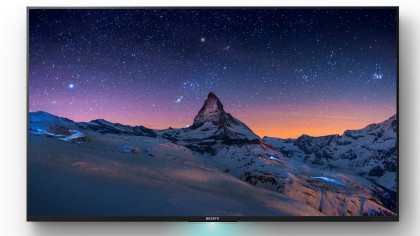
Beyond pixels
What are being touted as the 'Ultra HD technologies' include not just more pixels, but High Dynamic Range (HDR), High Frame Rate and Deep Colour tech. For those after the best picture quality possible, the highest possible resolution no longer takes top billing.
"Ultra HD is about offering a completely different video experience rather than just throwing more pixels at it," said Paul Gray, principal analyst at IHS DisplaySearch at the IFA 2015 Grand Press Conference last month in Malta.
Get daily insight, inspiration and deals in your inbox
Sign up for breaking news, reviews, opinion, top tech deals, and more.
"Ultra HD needs to be something completely different to conventional HD."
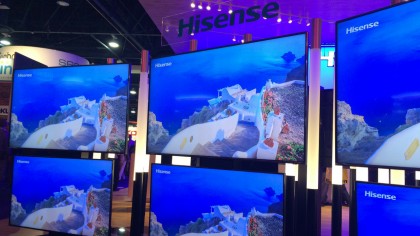
Surging sales
Not that sales of 4K TVs aren't surging.
Many analysts predict bigscreen TVs – classed at 50-inch and over – won't be anything but 100% Ultra HD within three years. Tops. In Asia they're already catching on fast, though in completely different ways in two of the major countries.
"It's really hard to buy 1080p sets in Japan," says Gray. "There is only a dark, dimly-lit corner for 1080p TVs."
He explains that Japanese TV buyers get to sit on a stool in front of (and very close to) each Ultra HD TV on sale and have the new tech explained to them. Meanwhile, in China numbers marketing still dominates, and the effect is massive; China is the only market where 4K resolution TVs don't have HEVC decoders.
No HEVC decoder means no 4K streaming. China badly needs Ultra HD Blu-ray.
The conclusion is obvious; in China they're selling 4K, whereas in Japan they're selling the Ultra HD experience. And there's a very good reason for that.
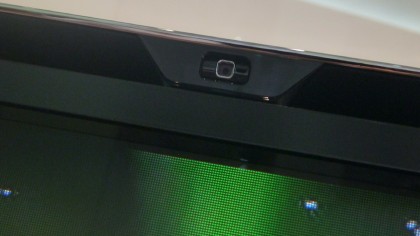
Too close for comfort
Subjective tests results from IHS DisplaySearch is revealing that 4K on its own is not what people want.
"Resolution doesn't have a wow effect," says Gray. "It's visibly better but you have to sit very close – just 1.5x the screen height away – to get the benefit of the resolution." Even from an 84-inch whopper that means sitting just 160cm away. "You need to sit very close to see the benefit."
So close, in fact, that 4K resolution is almost a waste of pixels in most people's living rooms.
The other three Ultra HD technologies get the thumbs-up, however.
"High Frame Rate was very noticeable," says Gray about the tests. "It depends a lot on the content – it has to be fast-moving – but it's critical for sports."
He says on 120Hz content it's possible to see what part of the bat or racquet the ball is hitting, and what part of a footballer's boot the ball is going to touch. So much so that you can actually start to make estimates about exactly what's going to happen next.
"It's very exciting for sports broadcasters," he says. For sports fans, High Frame Rate is the future; 4K then is a mere side-show.
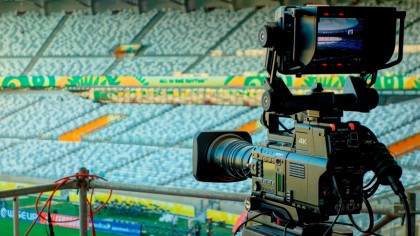
Jamie is a freelance tech, travel and space journalist based in the UK. He’s been writing regularly for Techradar since it was launched in 2008 and also writes regularly for Forbes, The Telegraph, the South China Morning Post, Sky & Telescope and the Sky At Night magazine as well as other Future titles T3, Digital Camera World, All About Space and Space.com. He also edits two of his own websites, TravGear.com and WhenIsTheNextEclipse.com that reflect his obsession with travel gear and solar eclipse travel. He is the author of A Stargazing Program For Beginners (Springer, 2015),
